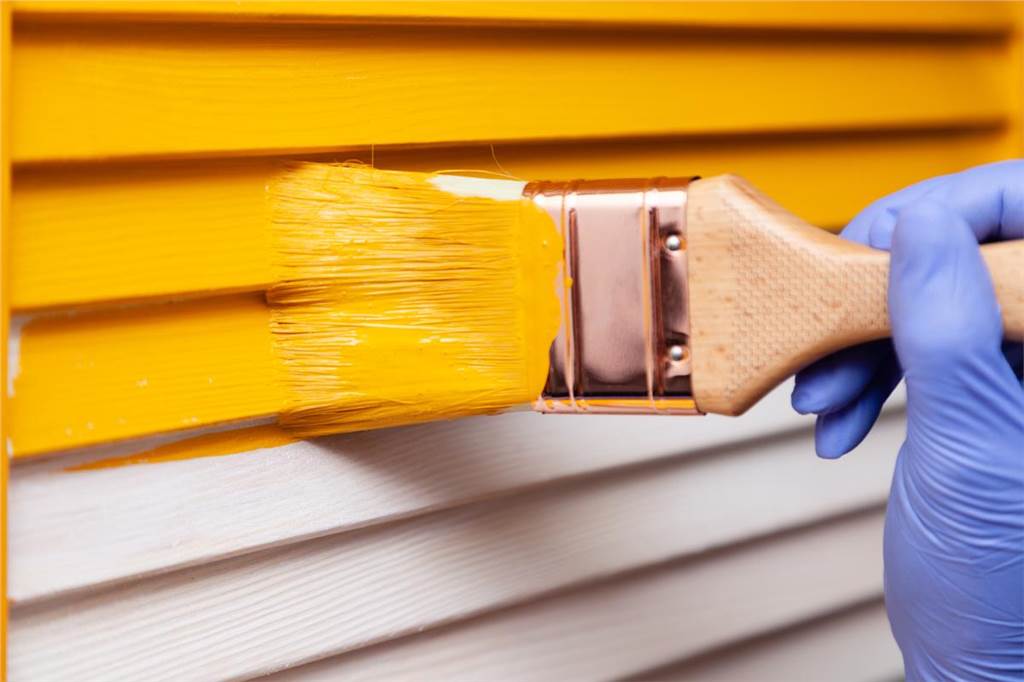
What Color To Paint My Exterior
Are you thinking of painting your house but don't know what color to choose? You're not alone! Many people agonize over this decision. There are a few things you can keep in mind that will help you make the best choice for your home. Read on for some tips on choosing the right exterior paint color.
Finding the Suitable Paint:
The most suitable paint for exterior painting will vary depending on a number of factors, including the climate where you live and the type of surface you're painting. In general, paints that are designed for exterior use tend to have higher levels of durability and weather resistance than paints meant for interior use.
When choosing a paint for exterior use, it's important to consider the climate where you live. If you live in a region that experiences high levels of humidity or precipitation, you'll need a paint that can withstand those conditions. Likewise, if you live in a region with extreme temperatures, you'll need a paint that can withstand both hot and cold weather.
Another factor to consider is the type of surface you're painting. Some paints are better suited for certain materials than others. For example, if you're painting wood, you'll need a paint that contains UV protection and is specifically formulated for outdoor use, as regular paint will not hold up against the sun and rain.
Here Are Other Tips for Exterior Painting:
1. Pick a Quality Paint:
It is important to pick a quality exterior paint because it will protect your home from the weather.
The best exterior paints are made with high-quality ingredients that help them stick to your home's surface and resist fading, chipping, and peeling. They also often contain protective coatings that help repel water, dirt, and dust. This means your home will look great for years to come and will be much more resistant to weather damage.
2. Prepare the Surface:
Preparing the surface when painting the exterior will help you in a number of ways. First, it will ensure that the paint adheres properly to the surface. Second, it will help to prevent the peeling and flaking of the paint. Third, it will provide a more even and consistent finish. Finally, it will protect the surface from weathering and other elements.
3. Protect the Environment:
There are a few reasons why you should cover the ground when painting the exterior of your house. Primarily, it's important to avoid getting paint on your driveway, sidewalk, or any other surface that you don't want painted. It's also important to avoid getting paint on your grass, as it can kill the grass and make it difficult to grow back. Finally, by covering the ground with a canvas or tarp, you're protecting it from being stained by paint runoff.
How to Choose the Best Color for Your House's Exterior?
One of the most important decisions you'll make when building or remodeling your home is choosing a color for the exterior. The color you choose can affect everything from the mood of your home to how it's perceived by guests and potential buyers. So how do you choose the best color for your house? Here are a few tips:
1. Consider your environment. The colors you choose should complement your surroundings, whether that means choosing a light, airy color to reflect the sky on a sunny day or selecting a dark, rich color to contrast with nearby trees and mountains.
2. Think about what mood you want to evoke. Do you want your home to feel cozy and warm? Or modern and sleek? Different colors share different moods. You can find a couple of guides that will talk about the connection between colors and different moods on the internet.
3. Think about the overall style of your home. Are you going for a traditional look, or something more modern? The color you choose should complement the style of your home.
4. Take into account the colors of your surrounding neighborhood. You don't want your house to stick out like a sore thumb, so choose a color that will blend in well with the other houses on your street.
5. Think about what time of year you want to paint. Certain colors may look better in different seasons. For example, warmer tones might be more flattering in the fall and winter months, while cooler tones might be better in summer.



